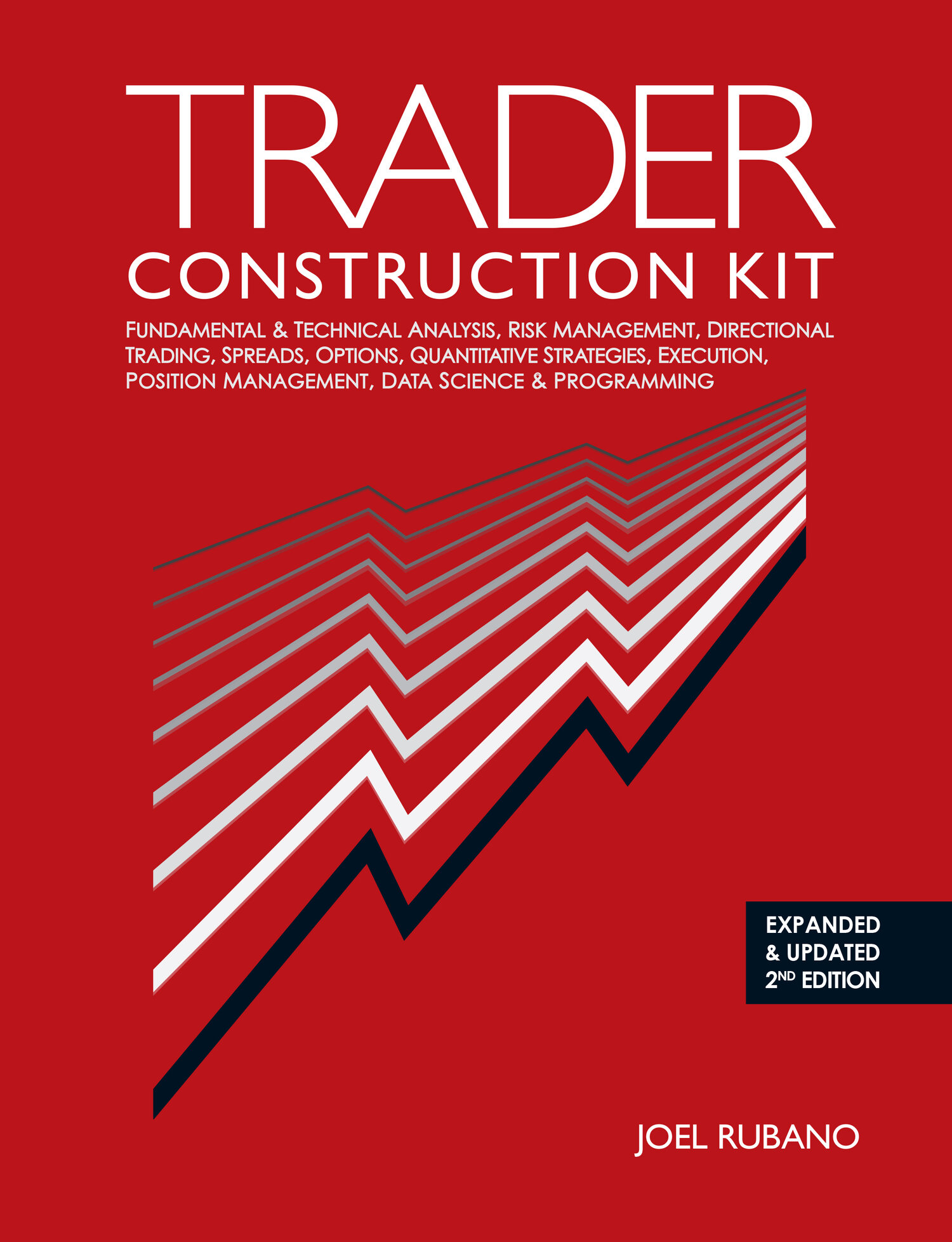Trading around a trend is an extremely productive strategy that involves holding a core position aligned with the direction of the macro trend, then opportunistically adding incremental volume following intermediate retracements that is exited when the macro trend has re-asserted itself and is approaching resistance. Trading around a trend requires a well-formed technical channel and a productive, but not excessive, level of intermediate and micro-level fluctuation. Too much chop, and a trader could potentially be scared out of an incremental position that would otherwise be profitable. Consider the chart of a well-defined trend:
Figure 14.5 Trading around a trend.
A trader with a fundamentally bullish view of the market and core long position would observe a trend in motion in a well-defined channel, the width of which is defined by the alternating higher lows at (L1) and (L2) and higher highs at (H1) and (H2). When the market retraces to support, the trader would purchase an incremental volume (B1), which he would hold with a tight stop, re-selling once the market reached the top of the trend channel at (S1). This process would be repeated at (B2) and (S2), and continue for as long as the trend remained viable. When market reaches the profit target or the trend ultimately ends, the trader would exit both the core position and any incremental trades held at the time.
Trading around a trend has several advantages:
1. The trader maintains a core positioned with the trend, and is incrementally adding in the direction of the trend and decreasing the position size prior to potential countertrend moves.
2. The trader buys “cheap” and sells “expensive” within the context of the trend.
3. There is a good balance between aggression and risk-reward.
The principal risk of trading around a trend is that, if the trend abruptly fails immediately after an incremental addition, the trader will be taking losses on a larger-than-core position.
The relationship between the size of the core position and the magnitude of the incremental trades is also important. If the core position is not materially larger than the incremental buys and sells, the trader will effectively be attempting to derive the majority of the P&L by trading the swings in the market and not the more predictable central trend.
It is also common for a trader wanting a larger core exposure to use retracements to add permanent volume to the position, with the hope of carrying the additional weight for the full duration.
From Chapter 14 - Managing Positions & Portfolios, Pages 543-544.
To read more, click here. To purchase Trader Construction Kit, click here. To see future updates about new Excerpts, follow @TCK_JRubano on Twitter.
Excerpt from Trader Construction Kit Copyright © 2016 Joel Rubano. All rights reserved. No part may be reproduced in any form or by any electronic or mechanical means, including information storage and retrieval systems, without permission in writing from the publisher, except by reviewers, who may quote brief passages in a review.

